“You can have data without information, but you cannot have information without data.” — Daniel Keys Moran

Table of Contents
What is Data?
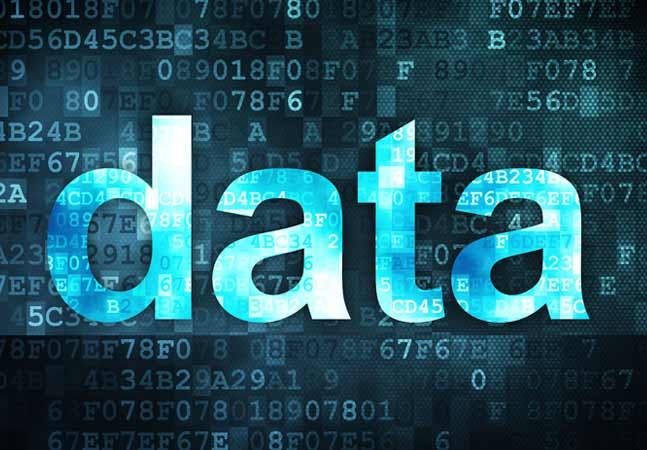
Source:- www.visualstudiomagazine.com
Simply put, the data can be facts about any given object. E.g., name, age, height, weight, etc. are some data related to you. A picture, a picture, a file, a pdf, and so on can also be considered data. Simple ain't it? Data is collected, analysed, and data visualisations such as graphs, tables, and images are created. I'm sure you've figured out what Data is by now, right? Now I'm going to introduce you to the term "Database."
What is a Database?
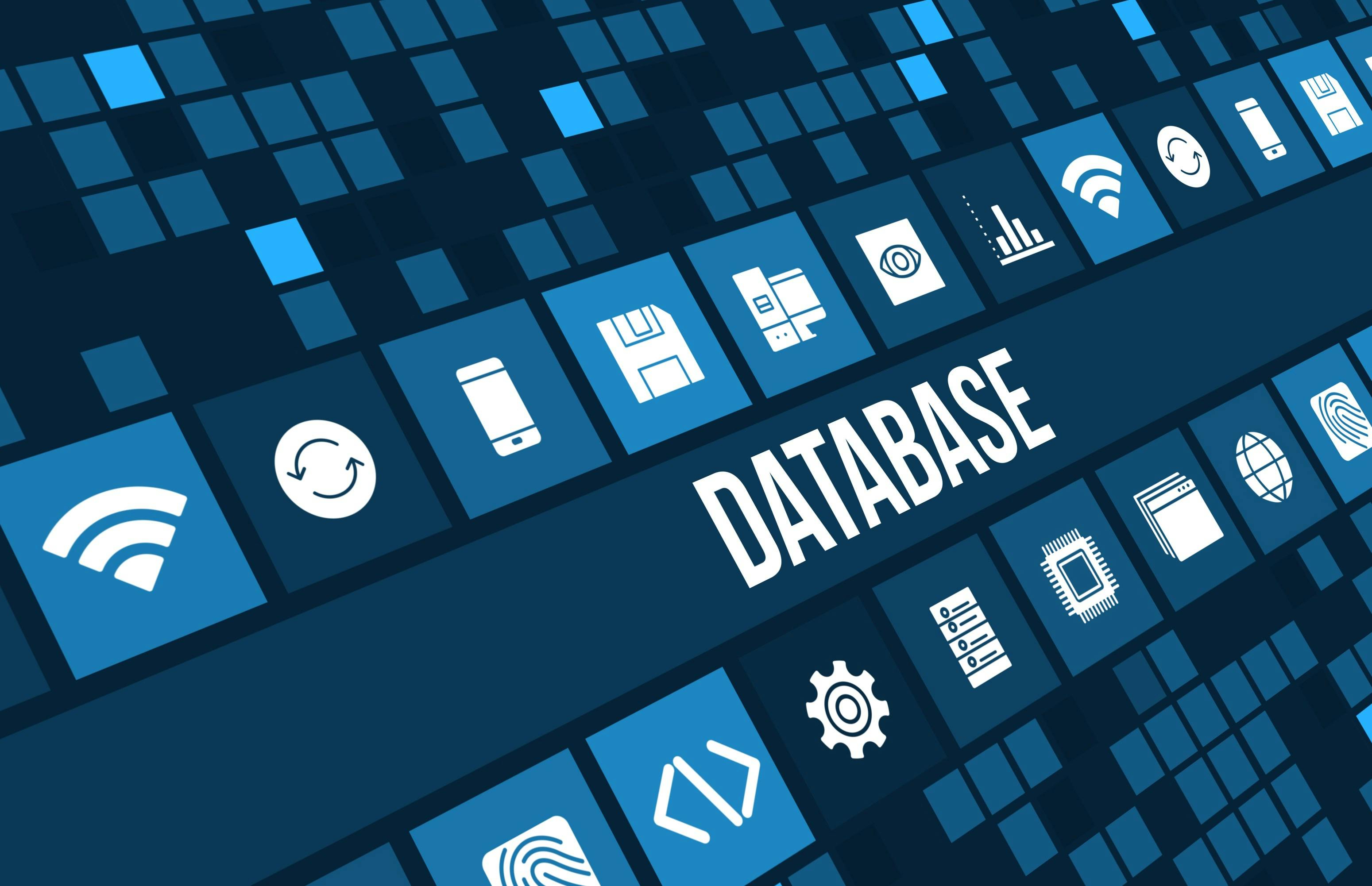
Source:- www.dbta.com
Isn't it true that you now understand the concept of data? Can you figure out what a Database could be? Yes, indeed! In simple terms, it is the gathering of information. Rather, I should say, data collection is systematic. They allow for electronic data storage and manipulation. Data processing has become simpler thanks to databases. Most databases contain several tables, each of which can contain multiple fields.
Let us understand the database via an example. Consider Facebook. Everyone knows about Facebook right? It has to store, manipulate and present data about members, their friends, member activities, messages, advertisements and much more.
Wherever you must store, scan and recover data, you use a database. A Phonebook is a database. Your credit card transactions are a database. When you consult a doctor, your diagnosis and treatment are retained in a database. Your company sales are a database.
I could give you endless examples of how databases are used, but for the time being, I'd like to focus on the subject we'll be discussing today.

What are NoSQL Databases?

NoSQL stands for “not only SQL". This is an approach to database design that provides flexible schematics for storing and retrieving data beyond the traditional table structures found in relational databases.
NoSQL is a set of database types, each designed with a different use case or data type in mind. This means that a NoSQL JSON database can store and fetch data using literally “no SQL”. They achieve big data levels of information storage, maximize IT infrastructure potential, they create a dynamic and flexible model for storing the data. Mostly, Data Scientists and Database Administrators use NoSQL.
I guess now you're clear about NoSQL, right? So let's move ahead.
What's MongoDB?

It is in simple terms an open-source document database that is written in the C++ programming language(There are other languages as well like Go, JavaScript and Python). What does document database mean? It means that it stores data in JSON-like documents. It is considered to be the leading NoSQL database. MongoDB’s query language is javascript, which makes it even easier to use.
Highlighting Features:-
Allows users to index at ingest and query endlessly across data.
Enables users to connect the company intelligence tools to the database.
Available on multiple operating systems like Linux, Windows, macOS etc.
Listing out the Pros and Cons
Pros
Reliable, handy, and robust, the support is of high quality.
MongoDB does an excellent job of reading data in real-time. It's also very simple to put together a query.
It's quite easy to install.
Cons
The clustering can indeed be hard to understand and learn.
The documentation is comprehensive but disorganised.
It takes a lot of practice MongoDB because it's a bit difficult.
Official Website:- MongoDB
LinkedIn Page:- MongoDB
Pricing:- Shared Clusters:- Free || Dedicated Clusters:- $57/month || Dedicated Multi-Region Clusters:- $97/month
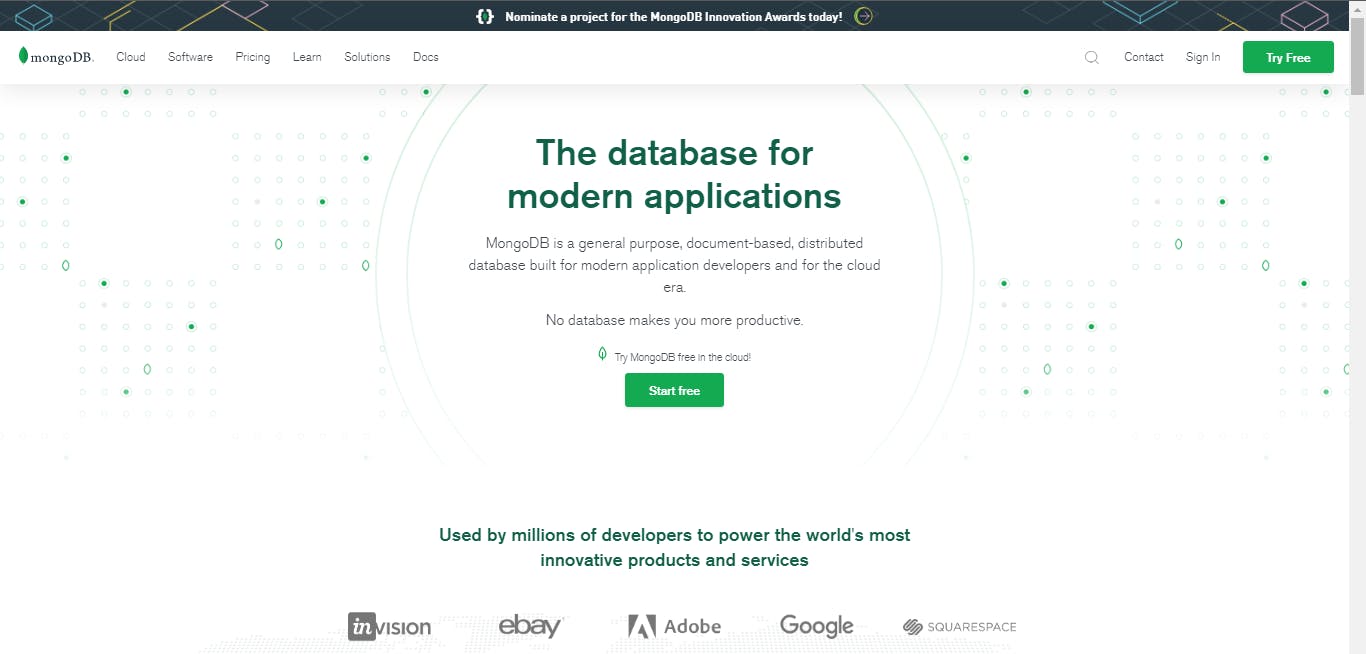
Let's look at the best MongoDB alternatives now! First, we'll go over the top 7 MongoDB alternatives in general, and then we'll look at the top MongoDB alternatives for 2021.
NOTE:- The list which I have said here in this article may be an arbitrary list. You'll be able to arrange the substitutes agreeing to your comfort.
Top 7 Substitutes to MongoDB
NOTE:- I'd only mention seven of them because the list is endless! I'll provide you with a few more names after the list is finished so you can study them individually.
1. CouchDB
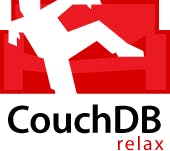
CouchDB is an entirely web-enclosed database. With JSON documents, store your files.
Highlighting Features:-
Track backups, duplication and failover events of data and device.
Stores and queries data as JSON-like documents.
Restores a database in case of a failure to a proper (compatible) status.
Listing out the Pros and Cons
Pros
Remote monitoring is a highlight that helps detect issues beforehand and take corrective measures when necessary.
The modular data structure CouchDB allows for the storage of any kind of data together.
For easy communications between the database, CouchDB uses HTTP API.
Cons
Random queries that have no view are costly to create.
No built-in full-text search.
It doesn't support transactions.
Official Website:- CouchDB
LinkedIn Page:- The Apache Software Foundation
Pricing:- Contact CouchDB to obtain current pricing.
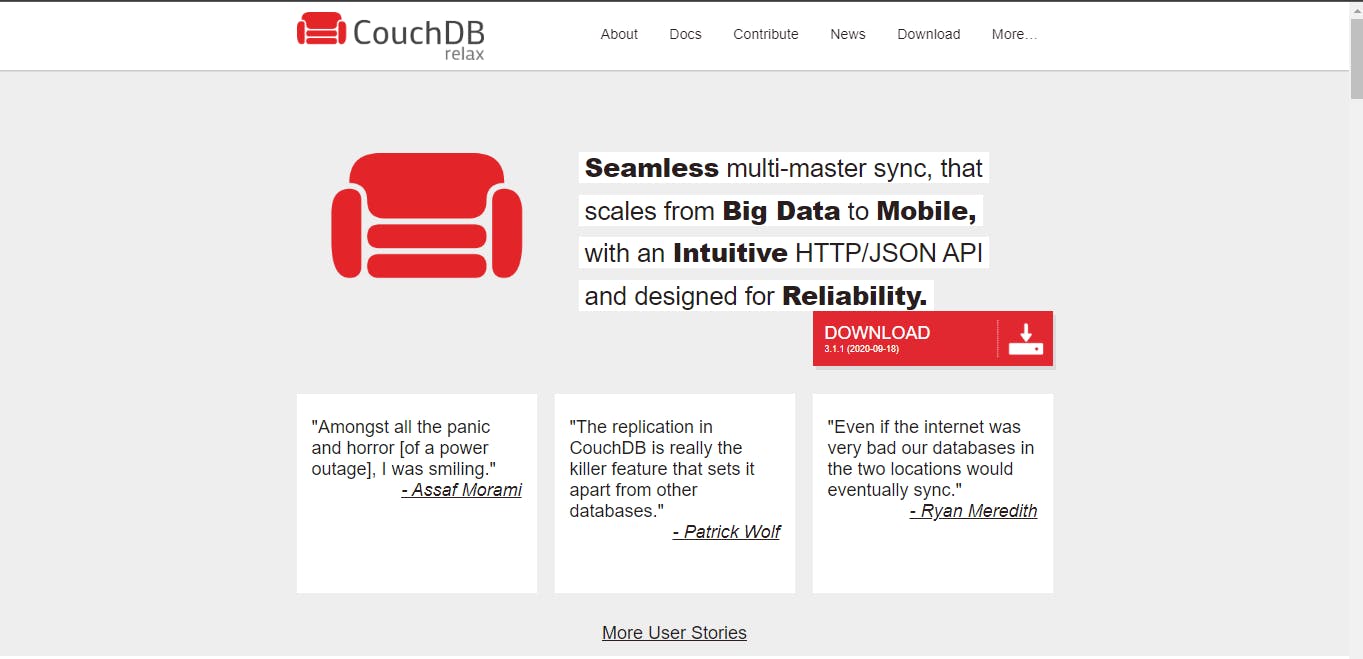
2. Amazon DynamoDB

DynamoDB is another non-relational database that uses NoSQL databases. It can store any type of data structure, namely graphs, columns, and documents. Unlike conventional SQL or Relational databases, DynamoDB is built specifically to contain all relevant data in a single object.
Its JSON structure makes it the best NoSQL database for node js or any other javascript-based application.
Highlighting Features:-
Both structured and unstructured data can be stored.
DynamoDB will automatically scale horizontally and vertically.
If you're working on an analytics project with Elastic Map Reduce, DynamoDB will integrate really well.
Listing out the Pros and Cons
Pros
Auto-scaling.
Data transmission is protected by encryption.
AWS Identity safeguards DynamoDB.
Cons
Doesn’t support backup for free.
Limited availability of size.
Creating indexes has a cost.
Official website:- Amazon DynamoDB
LinkedIn Page:- AWS
Pricing:- Contact Amazon DynamoDB to obtain current pricing.
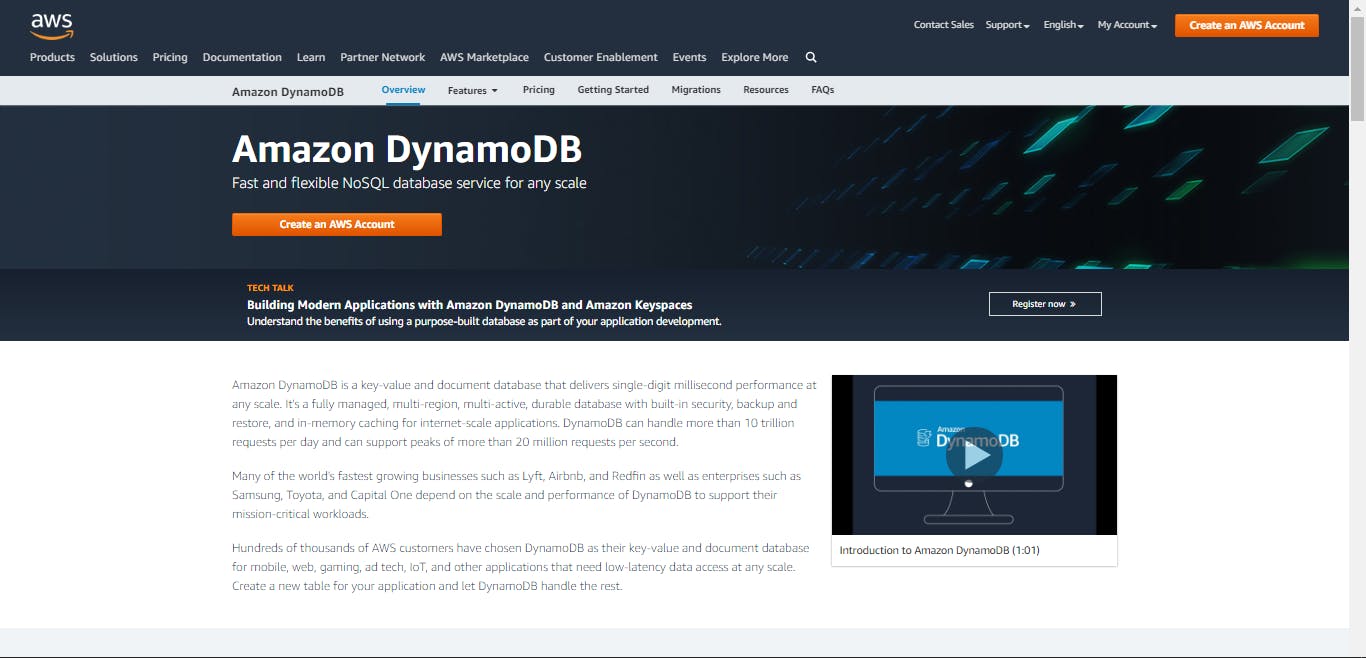
3. Redis NoSQL database

It is primarily used for cache management, and it is often recommended to be used in this way. “Dead-Simple Configuration and Scary-Fast Performance” is one of the reviews read for Redis.
It is incredibly simple to use due to its rapid output and key-value structure. Almost all languages are assisted. It is commonly used for C++, PHP, Ruby, Python, Perl, Scala, and several other programming languages. It’s been written in C++. By far it is the fastest NoSQL databases.
Highlighting Features:-
Keys with a finite lifespan.
Supports Publishing – Subscription.
Lua scripting.
Listing out the Pros and Cons
Pros
Error-resistant.
Support for the binary key-value store.
Data structures that are simple.
Cons
Clustering, specifically with multiple write nodes, can be daunting to establish.
GUI tool in better shape.
It can be difficult to configure extremely high availability.
Official website:- redislabs.com
LinkedIn Page:- Redis labs
Pricing:- Contact Redis to obtain current pricing.

4. OrientDB
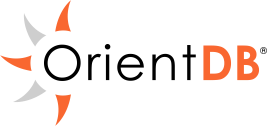
OrientDB is the first distributed DBMS multi-model with a True Graph Engine. Multi-model means that second-generation NoSQL can handle complex domains with unbelievable results.
OrientDB handles the relationships without the use of JOINs. This enables the transversal relationships to be constantly performed regardless of database size.
Highlighting Features:-
Supports multiple data types like lists, sets, hashes (similar to map), sorted sets etc.
Implements auto horizontal data partitioning that allows storing data on more than one node to scale out.
Copy data across multiple servers via master-slave architecture, peer-to-peer replication, etc.
Listing out the Pros and Cons
Pros
OrientDB is a great database for modelling data with complex relationships.
With Java code embeddability, no separate installation is required to facilitate development.
The graph DB, document store and key-value store help make it flexible.
Cons
Too regular are the current update cycles and essential updates. So upgrading versions is almost required every time to stay up-to-date.
Migration failures.
Unnecessary clutter returned with the response.
Official website:- OrientDB
LinkedIn Page:- SAP
Pricing:- Community- Free

5. RavenDB

RavenDB is a forerunner of cutting-edge database technology, with over 2 million downloads and thousands of customers ranging from startups to Fortune 100 corporations.
RavenDB is an open-source NoSQL Operational Document Database that is entirely transactional (ACID) throughout the database and cluster. Voron, RavenDB's built-in storage engine, can perform 1 million reads per second and 150,000 writes per second on a single node.
Highlighting Features:-
Listing out the Pros and Cons
Pros
Simple to learn and use, immensely helpful built-in features (e.g., auto-indexing, full-text search), convenient, stable, excellent LINQ integration.
The fact that it had a low barrier to entry was the best part. The principles for getting started are basic, and the C# client is simple and comprehensive.
It offers a simple Admin interface for managing the local cluster. It integrates well with .NET (Core).
Cons
Some times the performance is slower if the data stored is huge.
Can sometimes be difficult to find community answers / best practices /discussions, however, the documentation is great.
Just a few programming languages are supported, and since it is new, the chances of problems are large, with little knowledge available on the internet.
Official website:- RavenDB
LinkedIn Page:- RavenDB
Pricing:- Contact RavenDB to obtain current pricing.

6. ArangoDB

ArangoDB is a rapidly growing native multi-model NoSQL database with over one million downloads. It blends the strength of graphs with the flexibility of JSON documents and a key-value database.
ArangoDB is the easy, flexible, and performant solution to many of the challenges that developers, startups, and businesses will face in the near and distant future.
Highlighting Features:-
Functions when integrated with multiple forms of external applications.
Allows the creation and relinquishing of database access credentials.
Copy data from multiple servers using a master-slave, peer-to-peer replication architecture, and so on.
Listing out the Pros and Cons
Pros
You can begin by using ArangoDB as a replacement for Mongo, and as the project grows, you may need the search, graph, or other features, so no additional database is needed, which is fantastic!
Queries are basic and straightforward, which makes complicated querying simple.
It provides a robust and feature-rich database implementation.
Cons
Many functionalities, including taking hot backups, can be added to the Arango web UI.
The paperwork for Arango drivers is very unclear and poorly written.
The graph display is not as clear as Neo4j. Although the GUI is not so important for a programmer, it's a big problem for general customers because a beautiful and clear GUI could be more understandable for them.
Official website:- ArangoDB
LinkedIn Page:- ArangoDB
Pricing:- ArangoDB Community:- Free || ArangoDB Enterprise:- N/A

7. RethinkDB

RethinkDB is designed to store JSON documents and scale to multiple machines with minimal effort. It has a nice query language that supports extremely useful queries such as table joins and group by, and it is simple to set up and learn.
Highlighting Features:-
Supports multiple data types like lists, sets, hashes (similar to map), sorted sets etc.
Aids in the interpretation of SQL queries and determining the quickest form of execution.
Provides support to handle structured, semi-structured, and unstructured data with equal effect.
Listing out the Pros and Cons
Pros
It has some useful features, such as a built-in change notification system for users' applications.
RethinkDB installation and use is extremely simple for a novice with no experience with NoSQL databases.
Real-time updates using changes() syntax. We can use this feature to do most of the real-time processing with less latency possible.
Cons
It takes at least 2GB to run, and there have been reports of memory leaks.
It lacks atomic updates across multiple documents.
Have to manually create a connection inside a Python terminal. The lack of more easy interaction with the data in the web admin. The only option is to interact with the data using Javascript.
Official website:- RethinkDB
LinkedIn Page:- Hyperledger
Pricing:- Contact RethinkDB to obtain current pricing.

Top NoSQL databases list 2021 (A random list)
IBM Db2

IBM Db2 is a relational Database Administration Framework. It can be utilized for storing, recovering, analyzing the information productively.
One of the most "mature" Relational Databases is Db2 (along with Oracle). It thus indicates that it has been used in the industry by several people for a long time. This means that Db2 has got many pros and cons as well.
Official website:- IBM Db2
Pricing:- DB2 Advanced Edition:- Check IBM website || Db2 Community Edition:- Free || Db2 Standard Edition:- Check IBM website

Apache Cassandra

It began as a Facebook project, primarily for inbox quest. It was later published and made an open-source project. It’s an open-source, distributed key-value NoSQL DBMS.
It was crafted for online applications demanding high performance with really no downtime. It is focused mostly on Cassandra Query Language (CQL). CQL is a SQL-like query language for the Cassandra Database. Cassandra was written entirely in JAVA. Cassandra is being used by some of the biggest tech companies such as Facebook, Twitter, eBay, Twitter, Netflix, Cisco and more.
Official website:- Apache Cassandra
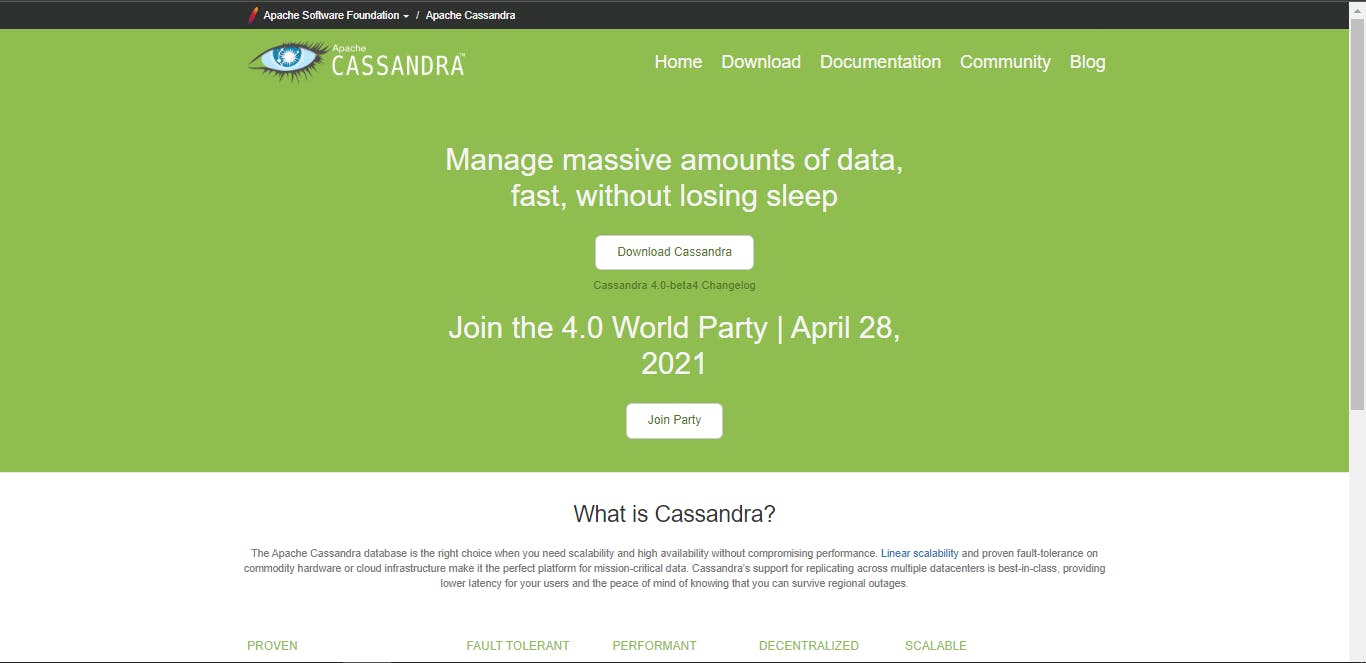
Apache HBase

A distributed and scalable database that supports large tables hierarchical data storage. Use HBase to view Big Data randomly, in real-time.
Official website:- Apache HBase
Pricing:- Contact Hbase to obtain current pricing.
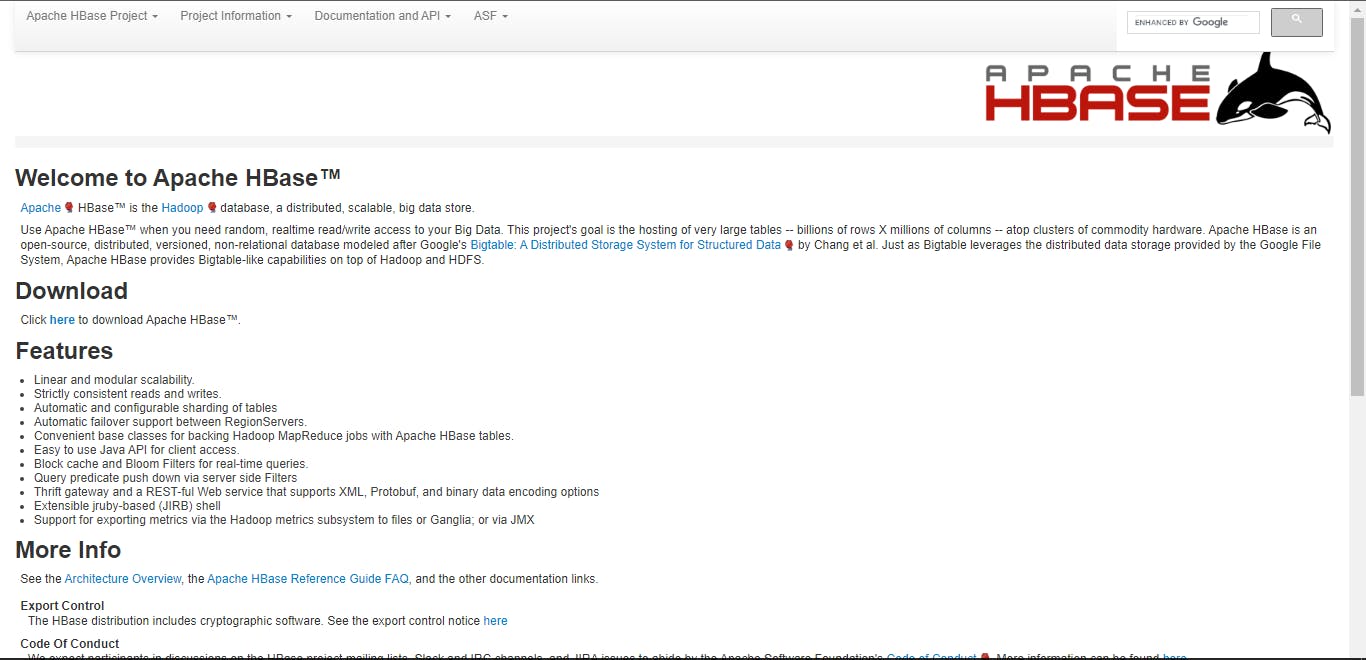
Couchbase Server

Couchbase is a NoSQL mission-critical technology multi-model database. It is designed to provide customers and employees with ever richer and more personalised experiences. The Couchbase Data Platform, built with powerful NoSQL technology, was designed for the massively interactive company at the top of an open-source basis.
Official website:- Couchbase Server
Pricing:- Contact Couchbase Server to obtain current pricing.

MongoDB

